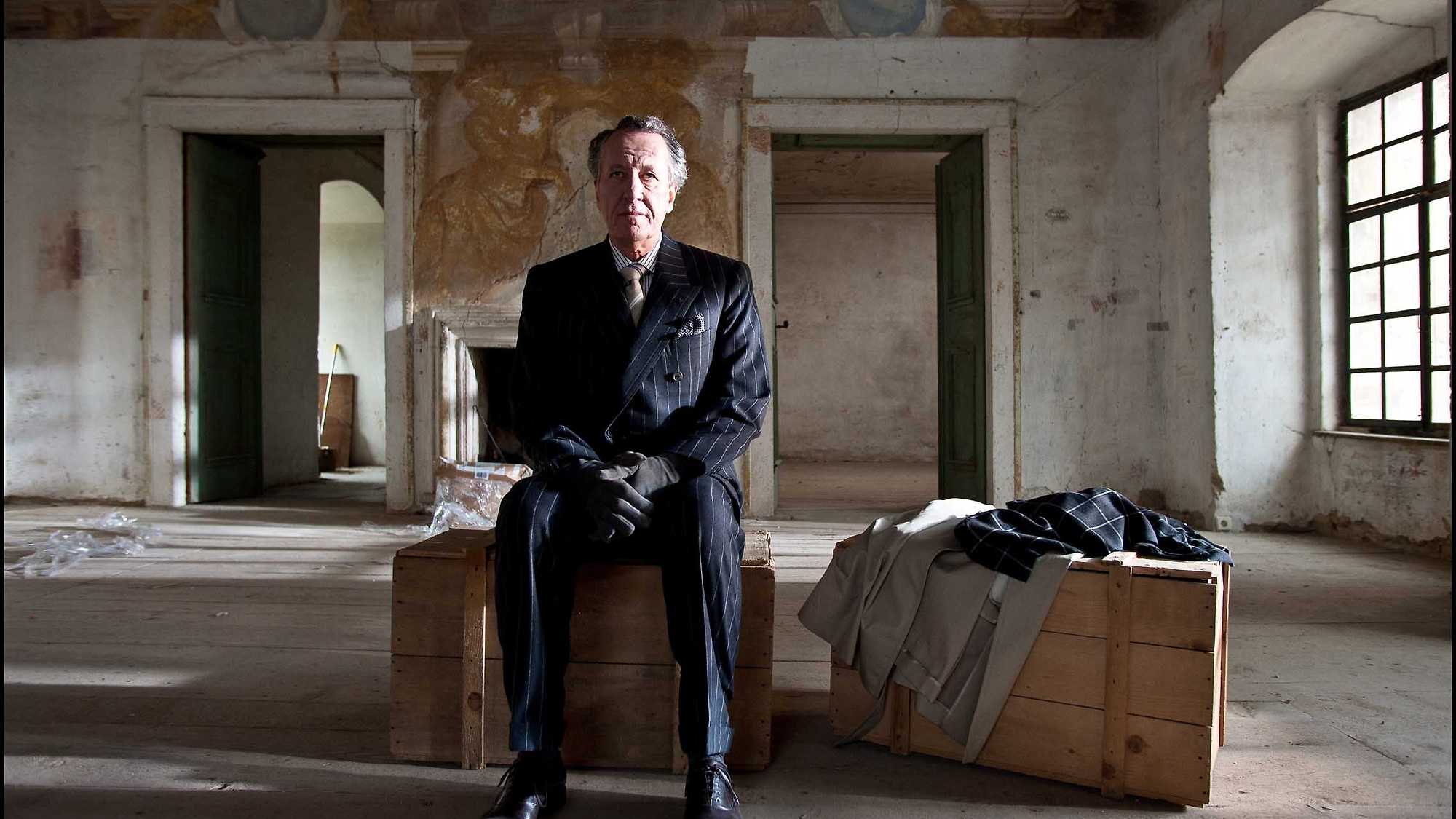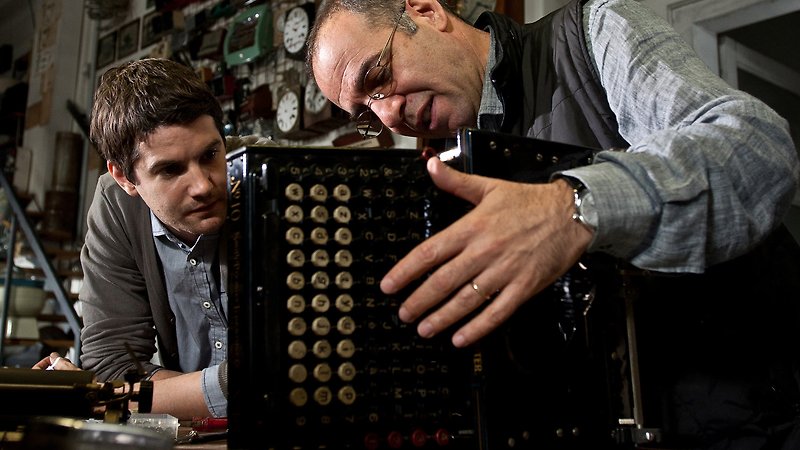Giuseppe Tornatore (Cinema Paradiso) scored a hit in Italy with this romantic intrigue set in an international auction house. “Geoffrey Rush brings striking depth of character to a classic Old World mystery.” — Hollywood Reporter


Geoffrey Rush brings striking depth of character to a classic Old World mystery.
Screened as part of NZIFF 2013
The Best Offer 2013
La migliore offerta
Giuseppe Tornatore (Cinema Paradiso) scored a popular hit in Italy with this English-language extravaganza of Platinum Class double-dealing centreing on an international auction house. As Virgil Oldman, a fastidious connoisseur and art dealer who is not the straight operator that his priggish manner suggests, Geoffrey Rush is marvellously watchable. Drawn out of his shell rather late in life by the patent unhappiness of a mysterious young female client, we see him take his first timorous steps towards romantic connection with a living woman. In a juicy role that might have provoked shameless antics in a less resourceful actor, he renders the acquisitive old man’s new-found vulnerability rather droll and touching.
“The Best Offer chisels a complicated intrigue out of an amorphous atmosphere of neurosis, wealth, and sophistication… The combined weight of Italy’s top technicians makes itself felt in Fabio Zamarion’s smoky cinematography, Maurizio Sabatini’s lavishly refined sets, Maurizio Millenotti’s dapper costumes, Ennio Morricone’s heavily used strings.
One magic moment which illustrates Tornatore’s visual imagination at its best is Virgil’s secret chamber, a marbled vault hung to the rafters with dozens, maybe hundreds of charming female portraits he has squirreled away, including famous faces by Raphael, Titian and Velasquez. There he spends his evenings, gazing at a female universe he dare not touch in the flesh. It offers a perfect parallel to the famous kissing sequence in Cinema Paradiso: the serial emotions of art as life perfected.” — Deborah Young, Hollywood Reporter